Mark A Simons
age ~66
from Salem, OR
- Also known as:
-
- Mark Allen Simons
- Mark A Simmons
- Marka Simons
- Phone and address:
-
5903 Rhinestone Ct SE, Salem, OR 97306
5038816169
Mark Simons Phones & Addresses
- 5903 Rhinestone Ct SE, Salem, OR 97306 • 5038816169
- Albany, OR
- 5903 Rhinestone Ct SE, Salem, OR 97306
Work
-
Position:Production Occupations
Specialities
Labor, Employment & Benefits • Employee Benefits • Retirement Plan Design & Administration
Resumes

Hse Coordinator
view sourceWork:
Redis 2010 - 2012
Hse Coordinator
Hse Coordinator

Mark Simons
view source
Mark Simons
view source
Mark Simons
view source
Mark Simons
view source
Mark Simons
view sourceLocation:
United States

Head Of Department Chez Tbwc
view sourcePosition:
Head of Department at TBWC
Location:
Région de Greater Los Angeles , États-Unis
Industry:
Management Consulting
Work:
TBWC Occupe actuellement ce poste
Head of Department
Head of Department
Lawyers & Attorneys

Mark Simons - Lawyer
view sourceOffice:
Morgan, Lewis & Bockius LLP
Specialties:
Labor, Employment & Benefits
Employee Benefits
Retirement Plan Design & Administration
Employee Benefits
Retirement Plan Design & Administration
ISLN:
918634274
Admitted:
2005
University:
Brigham Young University, B.A., 1997
Law School:
Rutgers University School of Law, Newark, J.D., 2003
Medicine Doctors

Mark E. Simons
view sourceSpecialties:
Chiropractor
Work:
Sante Community PhysiciansKerman Chiropractic Center
207 S Madera Ave, Kerman, CA 93630
5598469406 (phone), 5598465580 (fax)
207 S Madera Ave, Kerman, CA 93630
5598469406 (phone), 5598465580 (fax)
Languages:
English
Description:
Dr. Simons works in Kerman, CA and specializes in Chiropractor.
Isbn (Books And Publications)



Youtube
Myspace

Mark Simons
view sourceFlickr
Plaxo

Mark Simons
view sourceCentral, Hong Kong
Classmates

Mark Simons
view sourceSchools:
Radford High School Honolulu HI 1975-1979
Community:
Evan Tate, Nancy Williams

Mark Simons
view sourceSchools:
Newaygo High School Newaygo MI 1978-1982
Community:
Kimberly Holmes, Martin Verschoor, Don Bacon

Mark Simons
view sourceSchools:
Hanna Elk - Mountain High School Hanna WY 1975-1979
Community:
Kathy Garcia, Patsy Pat, Ted Garcia, Ryan Campbell

Mark Simons
view sourceSchools:
Eau Claire High School Columbia SC 1991-1995

Mark Simons
view sourceSchools:
Waukesha North High School Waukesha WI 1973-1977

Mark Simons
view sourceSchools:
Roosevelt High School Roosevelt NY 2003-2007
Community:
Hillary Garcia, Lorein Truitt

Mark Simons
view sourceSchools:
Versailles High School Versailles OH 1976-1980
Community:
Lisa Holloway, Adolfo Wittouck

Mark Simons
view sourceSchools:
Southview High School Lorain OH 1987-1991
Community:
Johnnie Gonzalez, Craig Funni
Googleplus

Mark Simons
Work:
California Institute of Technology - Professor
Education:
Santa Barbara High School
Bragging Rights:
I feel more like I do now than I did yesterday

Mark Simons
Education:
Ohio University - MBA

Mark Simons
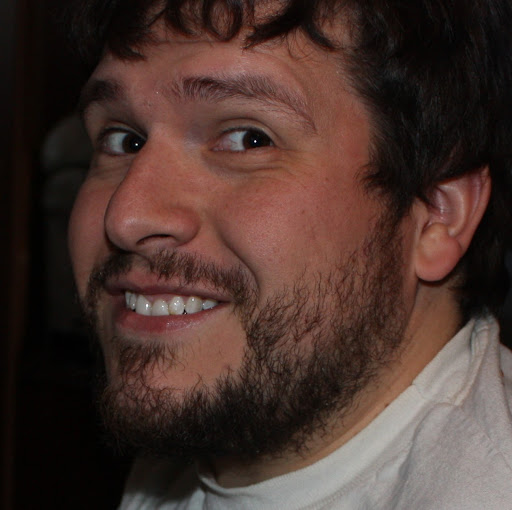
Mark Simons
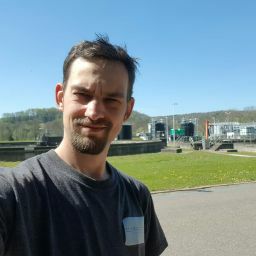
Mark Simons

Mark Simons
Tagline:
I mkae things

Mark Simons

Mark Simons
News

"There's room for a richer definition": Astronomers on rethinking what makes a planet habitable
view source- Dr. Mark Simons, a professor of geophysics at the Seismological Laboratory at California Institute of Technology and co-author of the paper, told Salon its a hard question to answer because right now, astronomers make the measurements they can with the technology thats available to them. When it c
- Date: Jan 11, 2024
- Category: Science
- Source: Google

Chile proves quake readiness
view source- now when its going to occur. But the key point here is that this magnitude-8.2 is not the large earthquake that we were expecting for this area. Were actually still expecting potentially an even larger earthquake, said Mark Simons, a geophysicist at the California Institute of Technology.
- Date: Apr 02, 2014
- Source: Google

Chile earthquake death toll rises to 6
view source- The country sits on an arc of volcanoes and fault lines circling the Pacific Ocean known as the "Ring of Fire," according to Mark Simons, a geophysicist at Caltech in Pasadena, California. This area sees frequent earthquakes and volcanic eruptions. Since 1973, Chile has had more than a dozen quakes
- Date: Apr 02, 2014
- Category: World
- Source: Google

Chile Quake: This was big but a bigger one awaits, scientist says
view source- "This magnitude 8.2 is not the large earthquake that we were expecting in this area," said Mark Simons, a geophysicist at Caltech in Pasadena, California. "We're expecting a potentially even larger earthquake."
- Date: Apr 02, 2014
- Category: World
- Source: Google

Chile's M8.2 quake causes little damage, death
view source- do not know when it's going to occur. But the key point here is that this magnitude-8.2 is not the large earthquake that we were expecting for this area. We're actually still expecting potentially an even larger earthquake," said Mark Simons, a geophysicist at the California Institute of Technology.
- Date: Apr 02, 2014
- Source: Google

Japan's quake still poses puzzles
view source- "It is important to note that we are not predicting an earthquake here," Caltech's Mark Simons, the study's lead author, said in a news release about the research. "However, we do not have data on the area, and therefore should focus attention there, given its proximity to Tokyo."
- Date: Mar 10, 2012
- Category: World
- Source: Google

Zombies are coming, a doctor at CDC says
view source- Before the 9-magnitude quake, the buildup of tension along a fault had suggested a smaller tremor, scientists led by Mark Simons, a geophysicist at the California Institute of Technology in Pasadena, wrote Thursday in the online journal Science.
- Date: May 22, 2011
- Category: Health
- Source: Google

Detail gives clue to shaky future
view source- California Institute of Technology geophysicist Mark Simons said knowing how much the land had shifted during the quake and its aftershocks would help scientists understand future hazards in the region and allow them to plan accordingly.
- Date: Mar 13, 2011
- Category: World
- Source: Google

Mark Simons
view source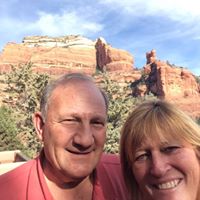
Mark Simons
view source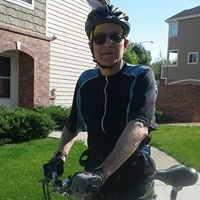
Mark Simons
view source
Mark Simons
view source
Mark Simons
view source
Mark Simons
view source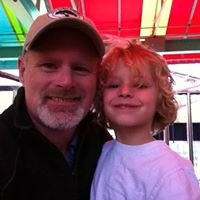
Mark Simons
view source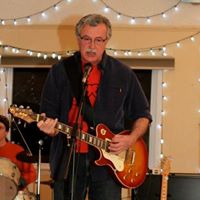
Mark Simons
view sourceGet Report for Mark A Simons from Salem, OR, age ~66















